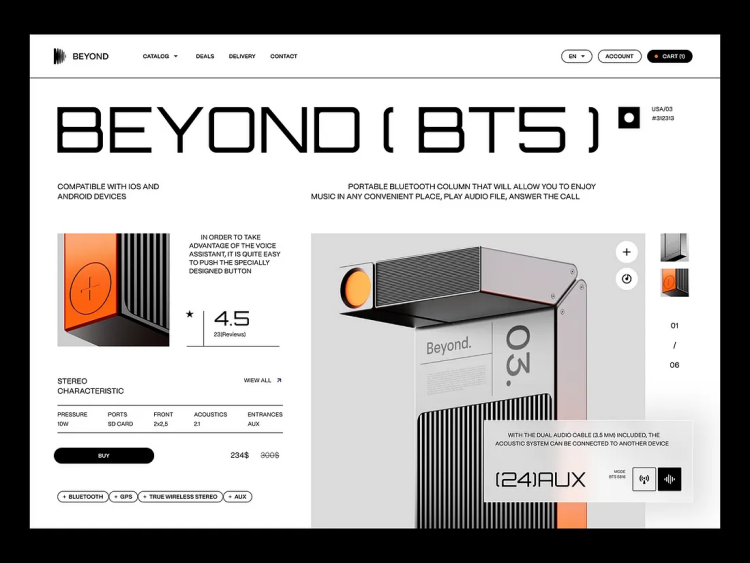9 Essential Strategies for Building a Successful Web Design Project
Creating a successful website is no small feat. The digital landscape is fiercely competitive, and hiring experienced professionals can be expensive. However, you can deliver a project that meets and exceeds expectations with the right approach. Here are nine indispensable strategies to guide you through your web design journey.
- Embrace Component-Based Design
Modern websites are often built using reusable components—blocks of content arranged in various configurations. You can create a cohesive yet flexible user experience by designing your site with these components. This modular approach allows for quick updates and ensures each page feels unique and part of a unified whole.
- Choose the Right Tools for the Job
Selecting the appropriate tools is crucial for the success of your project. For projects that demand a rich front-end experience, consider using JavaScript frameworks like React, Vue, or Angular. These frameworks enable you to create dynamic, responsive, and user-friendly interfaces.
- Prioritize User-Centric Design
Always design with the end-user in mind. Conduct user research to understand your target audience’s needs and preferences. Avoid overcomplicating the design and steer clear of industry jargon. Remember, your website should cater to your audience, not just to you or your stakeholders.
- Implement Features Incrementally
Adopt an incremental approach rather than trying to launch with every possible feature. Introduce one or two new features at a time and test them rigorously. This not only allows for quicker deployment but also provides valuable user feedback that can inform future development.
- Be Agile and Adaptable
Be bold and pivot if your initial assumptions need to be corrected. The ability to adapt is a strength, not a weakness. Use the insights gained from user feedback and analytics to refine your project continually.
- Invest in Quality Assurance and Automation
Quality assurance is an integral part of any web project. Automated testing can save time and resources in the long run, ensuring new features don’t break existing functionality. Make testing an ongoing part of your development cycle to catch issues before they reach your users.
- Aim for Progress, Not Perfection
While perfecting every detail is tempting, remember that a good project launched is better than a perfect project delayed. Once you’ve addressed critical issues, go live and start gathering real-world feedback. This will boost your team’s morale and provide valuable data for future improvements.
- Partner with the Right Agency
If you’re outsourcing your project, choose your agency partner carefully. Look for agencies with a track record of delivering similar projects. Remember that no single agency will be an expert in every area, so feel free to collaborate with multiple partners for specialized tasks.
- Plan for Ongoing Maintenance
Launching your website is just the beginning. A successful project requires ongoing maintenance, including regular backups and security updates. Whether you manage this in-house or outsource it, ensure you have a robust maintenance plan from day one.
By following these nine strategies, you’ll be well on your way to delivering a web design project that is both successful and sustainable.
